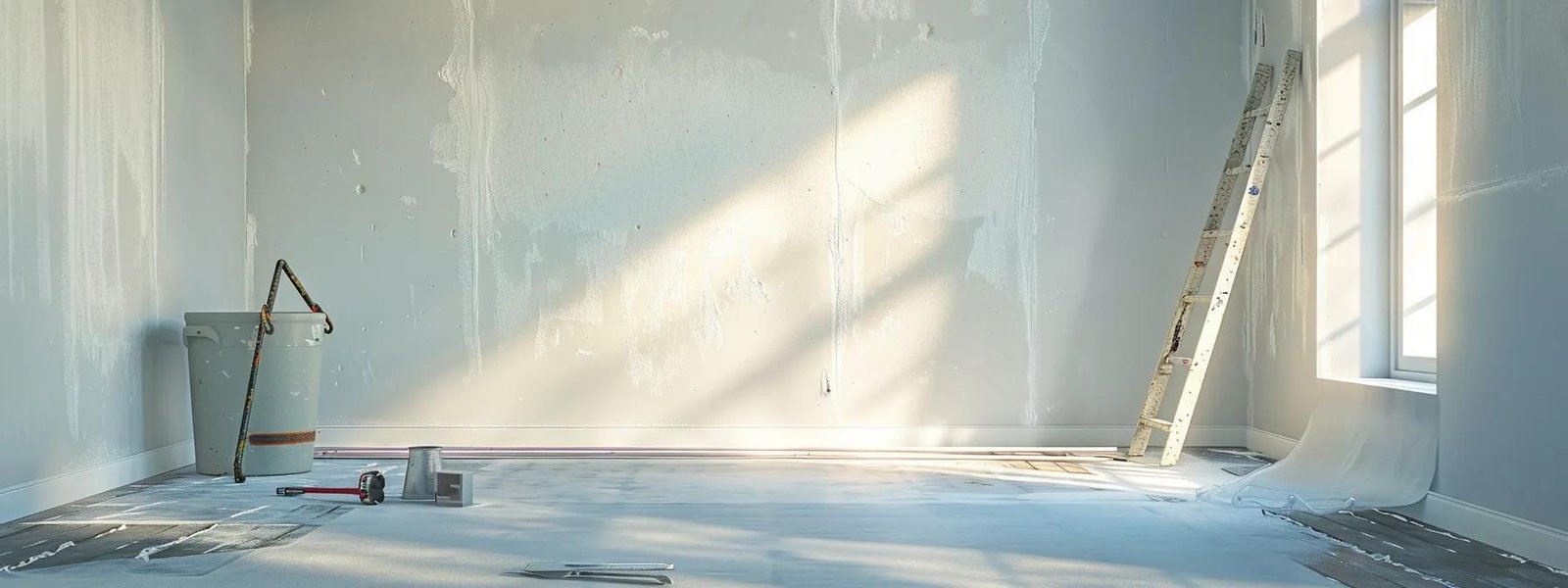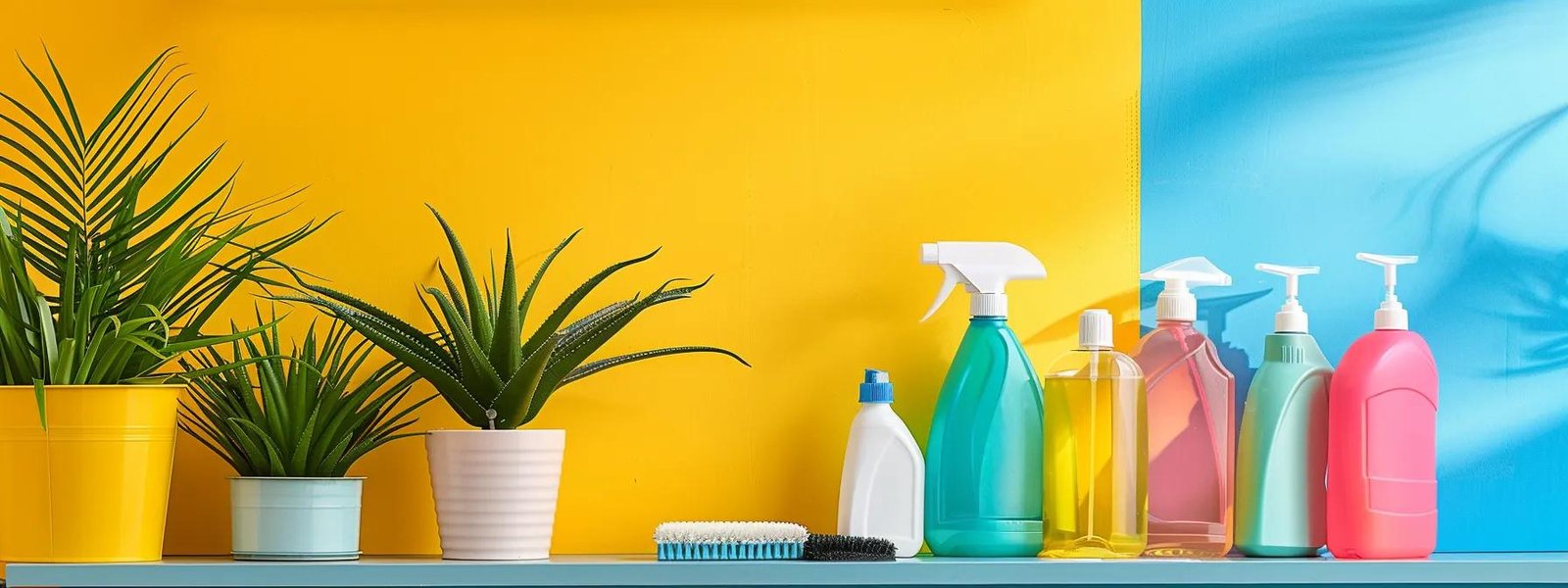Table Of Contents:
- Top 10 Interior Painting Mistakes Homeowners in Saint Paul Should Avoid at All Costs
- Pre-Project Planning Oversights Impacting Saint Paul Homes
- Critical Surface Preparation Mistakes Saint Paul Residents Often Make
- Application Errors That Create Flawed Interior Finishes in Saint Paul
- Color and Sheen Selection Challenges Faced in Saint Paul Interiors
- Post-Painting Complications and Clean-Up Errors in Saint Paul
- Long-Term Upkeep Omissions That Spoil Saint Paul Painted Walls
- Frequently Asked Questions
- Final Thoughts
Top 10 Interior Painting Mistakes Homeowners in Saint Paul Should Avoid at All Costs
When planning an interior painting project in Saint Paul, many homeowners face unexpected challenges that can lead to unsatisfactory results. Whether you’re refreshing a single room or undertaking a whole-home makeover, knowing the common pitfalls is essential—especially when considering what happens if you don t paint your house, as neglect can lead to issues that extend beyond just the aesthetic. This article outlines critical pre-project planning issues, surface preparation errors, application missteps, color selection challenges, post-painting clean-up problems, and long-term maintenance oversights. With streamlined explanations and actionable tips, you will be better prepared to achieve a professional finish that enhances your living space and increases your home’s value.
Pre-Project Planning Oversights Impacting Saint Paul Homes
Before picking up a brush, proper planning is crucial for success. A common oversight is failing to budget accurately—many homeowners underestimate the total cost by overlooking labor, materials, permits, and additional fees. Budgeting must include every element from paint type to preparation supplies.
Another frequent error is miscalculating the required paint quantities. Without precise measurements, you risk running out or buying excess paint, leading to wasted resources. Additionally, not testing your paint color in your home’s natural lighting can result in shades that differ from your expectations. Since lighting in Saint Paul homes varies widely, color tests are essential.
Overlooking proper ventilation can also lead to lingering fumes that affect health and finish quality. Adequate air circulation is necessary during painting and drying stages. Finally, failing to allocate enough time for each phase—priming, drying, and final coating—can force a rushed job that compromises quality.
Critical Surface Preparation Mistakes Saint Paul Residents Often Make

Surface preparation is the foundation of a successful paint job. One common mistake is failing to clean surfaces thoroughly; dust, grease, and contaminants can prevent proper adhesion, leading to peeling and uneven coverage. Use the right cleaning agents and tools to eliminate residue.
Ignoring wall imperfections such as cracks, dents, or holes can degrade the appearance and worsen over time. Repairing these defects by filling, sanding, or patching ensures a smooth finish.
Choosing an unsuitable primer for your surfaces can cause long-term issues like peeling or blistering. It is important to select a primer that bonds well with the substrate and is appropriate for the desired finish.
Additionally, neglecting to protect floors and furnishings by using drop cloths or plastic sheeting can result in accidental splashes and stains. Incorrect application of painters tape may also cause bleed-through and ruin clean lines, so take the time to apply tape properly.
Application Errors That Create Flawed Interior Finishes in Saint Paul
Many painting problems arise during the application phase. Using the wrong tools—such as low-quality rollers or brushes—can lead to inconsistent coverage and visible marks. Investing in proper tools for each surface type is important for achieving a quality finish.
Uneven paint coats and drips are common when covering large areas too quickly without careful, even strokes. Working in smaller sections and using deliberate techniques can help prevent these issues.
Rushing the drying times between coats is another significant error. Each coat must dry fully to ensure proper adhesion; otherwise, trapped moisture can cause peeling and an uneven finish. Painting under adverse conditions, such as extreme humidity or fluctuating temperatures, further worsens the results.
It is also critical to follow manufacturer guidelines regarding mixing ratios and application methods to avoid compromising the paint’s performance and durability.
Color and Sheen Selection Challenges Faced in Saint Paul Interiors

The choice of color and sheen significantly impacts the overall look of your interior. A common mistake is selecting colors that clash with your existing decor. It is vital to choose hues that complement your furniture, flooring, and accent pieces to create a harmonious environment.
Equally important is selecting the appropriate paint sheen for the room’s function. High-gloss finishes, while durable, reflect light and reveal imperfections; flat finishes can hide flaws but may require more maintenance in high-traffic areas. Matching sheen to room functionality is key.
Homeowners often underestimate how different lighting conditions—natural and artificial—alter color appearance throughout the day. Testing paint samples under varied lighting can prevent surprises later. Additionally, opting for timeless hues over fleeting trends can ensure a lasting impact, and ensuring the sheen matches the wall texture will help create a cohesive look.
Post-Painting Complications and Clean-Up Errors in Saint Paul
The project extends beyond the final brush stroke into the post-painting phase. One common mistake is improperly cleaning brushes and rollers. Without proper cleaning using the correct solvents or soaps, tools can have a shortened lifespan and reduced performance in future projects.
Improper disposal of excess paint and supplies not only harms the environment but may also violate local regulations. It is important to follow recommended disposal guidelines or return unused materials to designated facilities.
Removing painters tape at the wrong time—either too early or too late—can pull paint off the wall or leave jagged edges. Tape should be removed when the paint is slightly wet or just dry to ensure clean lines without damage.
Additionally, exposing newly painted surfaces to heavy activity before the paint has fully cured can lead to damage. Protect your painted areas until they have completely set, and ensure good air circulation to allow proper curing.
Long-Term Upkeep Omissions That Spoil Saint Paul Painted Walls

Even after achieving a quality paint job, regular upkeep is necessary to maintain appearance and longevity. Failing to clean painted surfaces routinely may lead to a build-up of dirt and grime, eventually degrading the finish. Gentle cleaning with the appropriate products helps keep colors vibrant.
Using abrasive cleaners or harsh chemicals can chip or dull the surface, resulting in the need for costly touch-ups. It is best to use gentle, non-abrasive cleaning solutions to preserve the paint.
Neglecting minor scuffs and marks can allow them to worsen over time. Addressing these blemishes promptly keeps walls looking fresh.
Moisture issues, such as high humidity, leaks, or water damage, can lead to mold, peeling, or blistering of the paint. Regular inspections and prompt repairs are essential to avoid extensive damage. Finally, storing touch-up paint correctly—in a cool, dry place with the container sealed—ensures it remains viable for future repairs.
Frequently Asked Questions
Q: How can I accurately budget for an interior paint job in Saint Paul?
A: Create a comprehensive list that includes paint, supplies, labor, and unexpected costs. Use professional estimates to avoid under-budgeting.
Q: What is the best way to prepare walls before painting?
A: Thoroughly clean and repair any imperfections, then apply a suitable primer to ensure proper adhesion.
Q: How do I choose the right paint sheen for different rooms?
A: Consider the room’s functionality. Satin or eggshell finishes work well in living areas, while flat is better for low-traffic rooms and high-gloss for kitchens.
Q: What post-painting steps are critical for long-term upkeep?
A: Clean brushes and rollers correctly, dispose of excess materials safely, remove tape at the proper time, and allow for adequate drying and curing.
Q: How can moisture be managed to protect paint in homes?
A: Ensure proper ventilation, address leaks promptly, and use moisture-resistant paint or additives in vulnerable areas.
Final Thoughts
A successful interior painting project in Saint Paul hinges on careful planning, meticulous surface preparation, precise application techniques, and proactive maintenance. Avoiding common pitfalls—from budgeting and preparation to application and upkeep—is essential for achieving a professional finish. By following these concise guidelines, you can ensure that your painted interiors remain attractive and durable for years to come. Use this roadmap to prevent costly mistakes and enjoy a refreshed, vibrant home environment.


